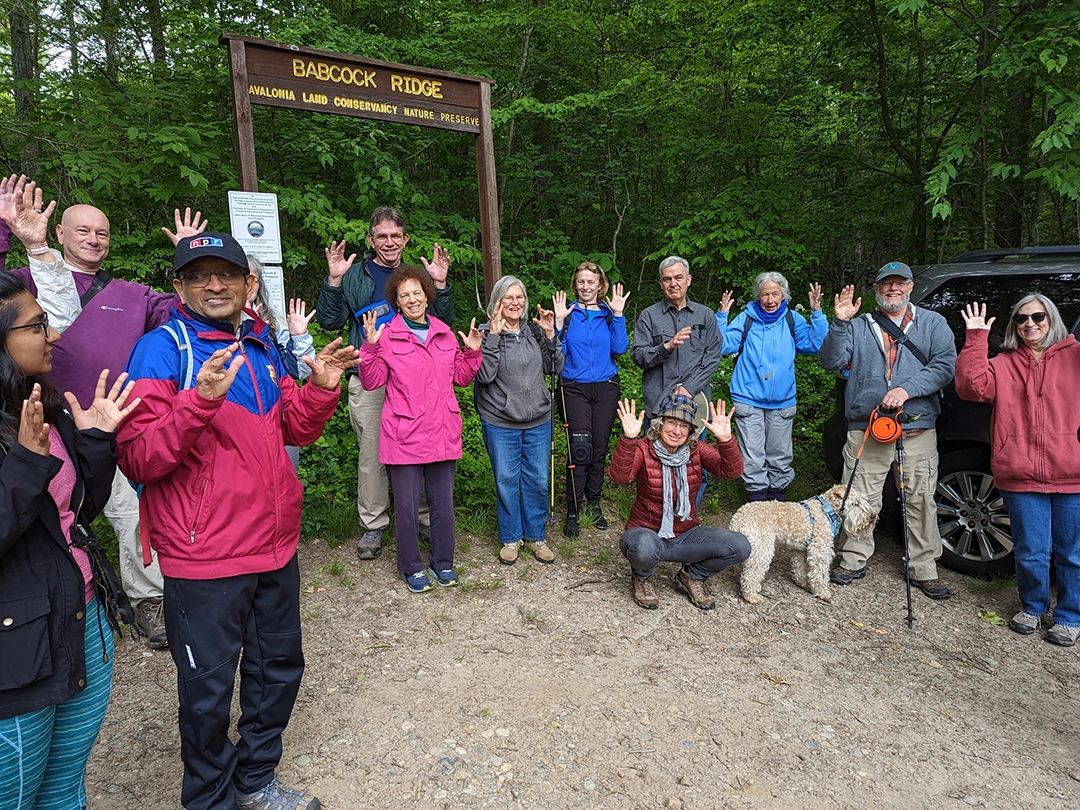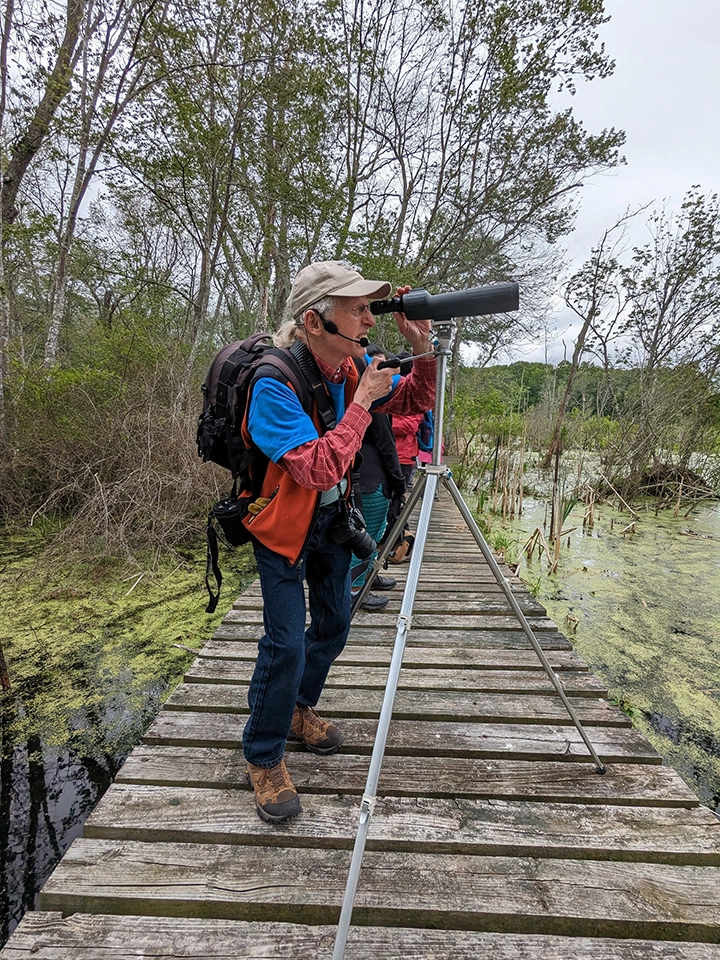
Opening Spaces: Bimonthly Reports on Avalonia’s Disability Access Initiative

“Opening Spaces” will introduce readers to the principles of accessibility and Avalonia’s related efforts, challenges, and successes. In the process, readers will meet the people of Avalonia (and beyond) who are working toward achieving broad accessibility goals.
From the beginning of its accessibility initiative in 2021, Avalonia has been attentive to accessibility as a multi-pronged endeavor. Thus, ‘opening spaces’ refers not only to trail access but to all the other kinds of ‘opening up’ that create comprehensive accessibility. This means ensuring that our programs, communications, and policies open the Avalonia experience to as many people as possible.
Our approach is to reach out, consult, respond, innovate, and, equally important, enjoy a journey that is interactive, rewarding, and never-ending. There is always more to learn, and always teachers to help guide the way.

With Sound and Without: New Outdoor Encounters
In consultation with people who are ‘D/deaf/hard of hearing,’* as well as with a sign language interpreter, Avalonia began offering sign language-interpreted and amplified guided hikes in 2022. To be sure, the amplification equipment does not work for all people with hearing loss, but, for those whose hearing does respond to amplification, it makes a world of difference.

As an additional feature, naturalist and hike leader Bruce Fellman now integrates live sonograms into his events. The sonograms (sometimes called spectrograms) provide graphed representations that visually communicate the experience and nuances of sound. They are available on apps like Cornell’s free Raven Lite 2.0.
It’s often true that improved accessibility benefits people without disabilities, too. The many attendees at Bruce’s popular guided hikes have appreciated the amplified access to his informative and entertaining narration. And, as evidenced in the below link, many birdwatchers learn additional data about the structure of birdsong through the visual means of sonograms.
https://www.audubon.org/news/start-using-spectrograms-read-bird-songs-and-calls
* ‘D’’ signifies a person whose first language is ASL and who identifies culturally as Deaf; ‘deaf’ signifies a person who is deaf or significantly hard of hearing, but does not identify as culturally Deaf; ‘hard of hearing’ is someone with diminished hearing, often acquired later in life.

Below are comments from participants about a 2023 CT Trails Day Walk at Babcock Ridge in North Stonington.
Wendy: “For me, the amplification worked quite well. I also enjoyed the friendly sign language interpretation . . . The sonograms were interesting. The best part was seeing gnawed-on trees with beaver tooth marks, swallows, red-wing blackbirds, herons nesting across the water, and lots of happy, smiling people enjoying a wonderful outing.”
Chuck, Avalonia volunteer, and CT Trails Day Coordinator:
“During my eight years of doing Trails Day, the hike . . . was one of my most memorable experiences. Bruce is always great, but watching the faces of those who [were Deaf or hard of hearing] was amazing. Their expressions said it all!”
Laura, a Deaf participant on the same walk whose native language is American Sign Language (ASL), contributed a poem to describe her experience. (The poem was interpreted by Joy Valenti.)
“Hike on the unpredicted forest path,
View through the multi-colored sceneries.
Hear none of the birdsong sounds and activities,
Appreciate to continue learning of the guide’s natural enlightenment,
Capturing to see the element movements and winged passerines,
And our eyes magnify enjoyable.”
